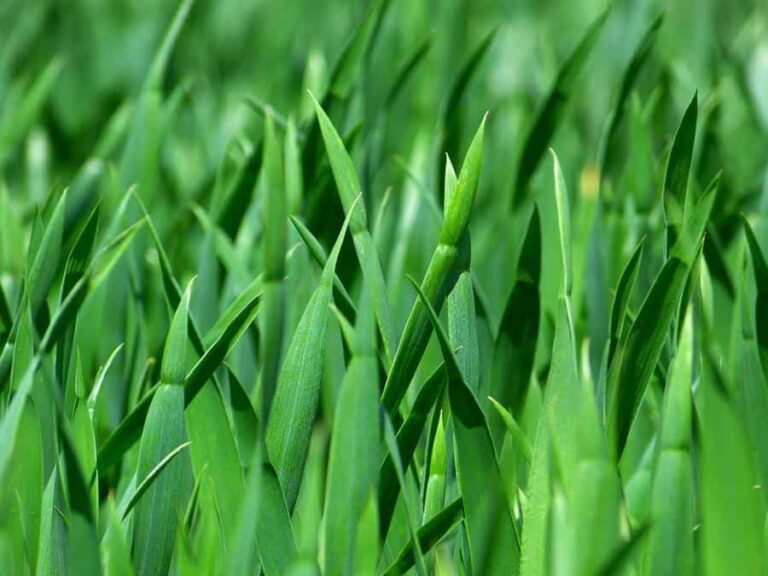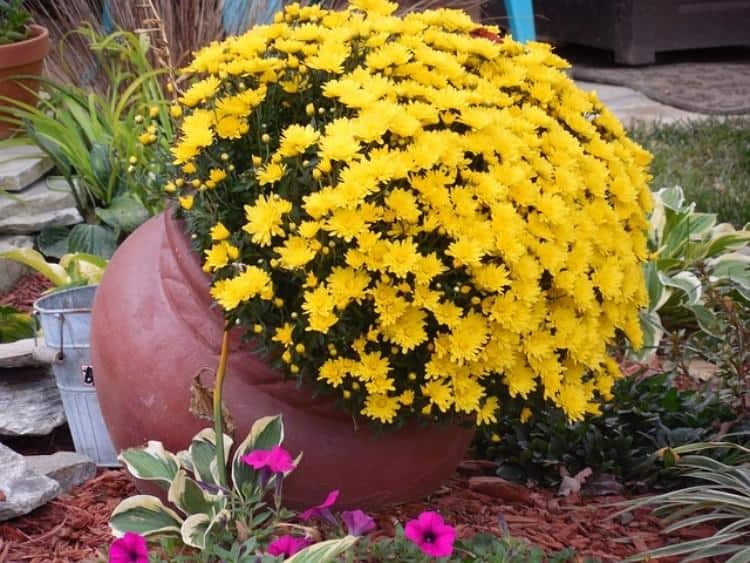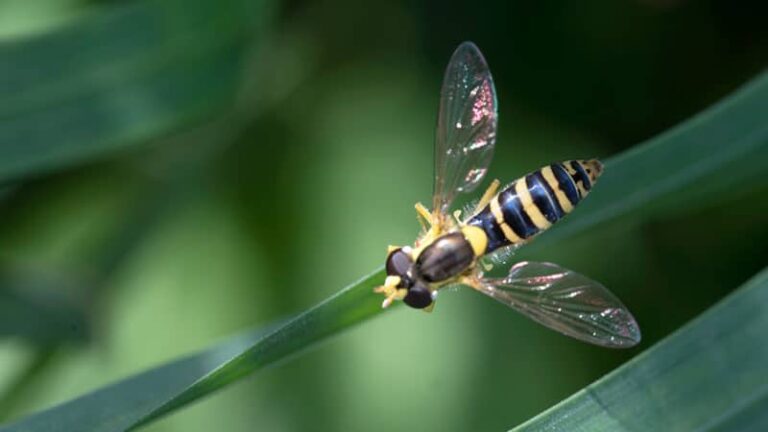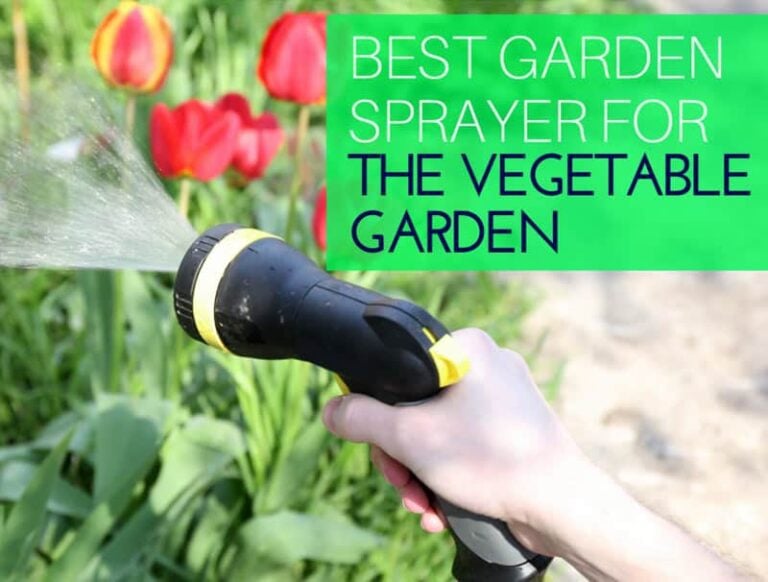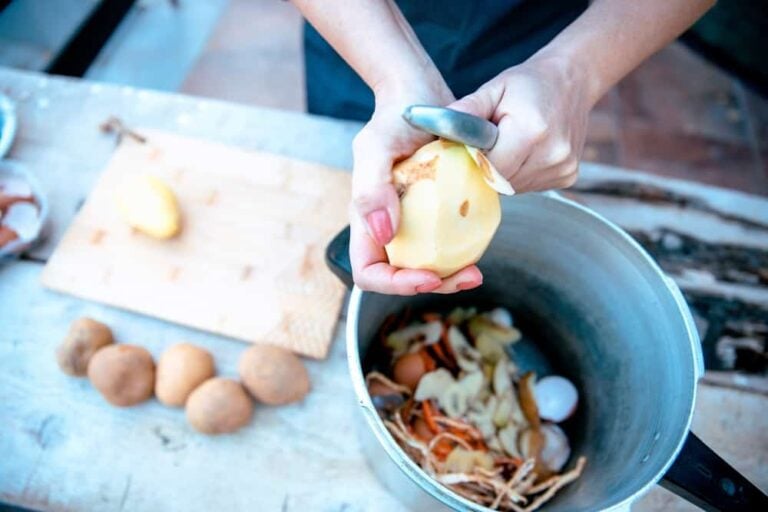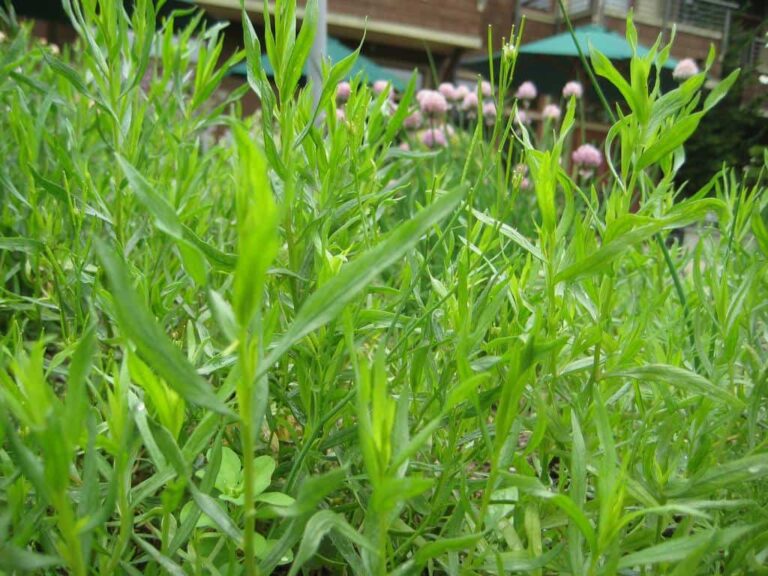Learn the Proper Ways of Harvesting Onions
Mature onion bulbs are usually ready for harvest 100 to 175 days after planting, while green onions can be harvest around 20 days after planting. When you harvest onions depends on when you planted them. Spring planted onions are usually ready for harvest in the summer while fall planted onions can be harvested in the spring. After you pull the onions from the ground, you can either use them right away or cure them for long-term storage.
When to Harvest Onions
When you can harvest onions depends in large part on what form of onion you’d like to eat. If you are growing onions for the large bulb, you’ll need to wait at least 100 days after planting the seeds.
Green onions, or scallions, can be harvested much earlier. Usually, green onions are ready for harvest about three weeks after planting, according to Harvest to Table.
Harvesting Green Onions
The process of harvesting green onions is relatively straightforward. According to Bonnie Plants, you don’t need to wait for the plants to reach a certain size. If a green onion looks good to you, simply pull it up from the ground. If you pull the plant from the ground, you’ll harvest both the green leaves at the top and the small white bulb at the bottom.
You can extend the life of your green onions and get more than one harvest from them using the “cut and come again” method.
https://youtu.be/oS83OTwUUBE
As the video above shows, using the cut and come again method, you only harvest the green portion of the onion. The small bulb remains in the ground, so that the plant is able to produce additional leaves. You can harvest those leaves at a later date if you like, or pull the entire plant from the ground later on.
Harvesting Onion Bulbs
You can also wait for the onion to fully mature before you harvest it. An onion plant will let you know when it’s about ready to be harvested. According to the National Gardening Association, the leaves on the plant will turn yellow when the bulb is ripe. The yellowed leaves will flop over.
You can speed the ripening process along by waiting for the majority of the onion’s leaves to fall over, then bending the remaining leaves down. If you haven’t unearthed the bulbs already, brush the soil away from them to reduce the risk for rot and to help the onions start to cure.
Leave the plants in the soil for no more than two weeks after you’ve bent the leaves down and unearthed the bulbs. By that point, the leaves will be fully brown and “dead,” and the bulbs will be ready for picking.
If you leave the bulbs in the soil for longer than two weeks after bending the leaves, there’s a real risk that the onions will rot.
To pull the onions up, either use your hands or a small shovel to break the roots free of the soil. Brush any clinging soil or dirt off of the bulbs, then let them sit in bright sunlight for a few days to encourage the drying or curing process.
Harvest Season
The exact harvest season depends on when you plant your onions. You can either plant onions in the spring or the fall. When you plant and harvest onions depends on your location. Your location also determines the type of onions you need to plant.
If you live in a colder area, in the north, which has long days during the summer, you’ll need to plant long day onions in the early spring. Long day onions need at least 14 hours of daylight during the growing season to develop healthy bulbs. The onions are usually ready to harvest by the middle of summer.
If you live in a warmer area, in the south, which has shorter days during the summer, you’ll want to plant short day onions. Instead of planting in the spring, you plant short day onions in the fall. The plants grow through the fall and winter and are ready to harvest by the end of the next spring.
A third option, which works in both northern and southern areas, is to plant day neutral onion varieties. These onions need about 12 hours of daylight. They can be planted in either spring, for a summer harvest or in the fall, for a spring harvest.
Curing and Storing Onions
If you plan on storing your onions for any length of time, you’ll need to cure, or dry, the onions. Leaving the onions in a dry, sunny spot for a few days after harvest will start the drying process. But you’ll soon want to move them to another spot to let them finish curing.
The location you pick for curing onions should provide some shade and cover in case it rains. A covered porch can be ideal.
To cure the onions, spread them out on a flat surface. Leave plenty of room between each onion so that air can flow. You don’t want the onions to touch each other. Let them sit there for several weeks, so that they have plenty of time to dry out.
You’ll know that the onions are fully cured when the outer skins are very papery. Any remaining roots at the base of the bulbs will be brittle and crispy.
Once your onions are fully cured, you can store them in your cellar or in another dark, dry place. To extend the life of the cured onions, store them in a mesh bag or by stringing them up on a piece of rope.
The video above shows you a relatively simple way to make an onion string. If you’re going to make one, it’s important not to cut off the dried leaves from the top of the onion when you harvest them, as you’ll need the leaves to weave the onion onto the string.
If you plan on eating an onion bulb right away, there’s no need to cure it. Only dry and cure the onions you hope to keep in storage for a few weeks or months.

